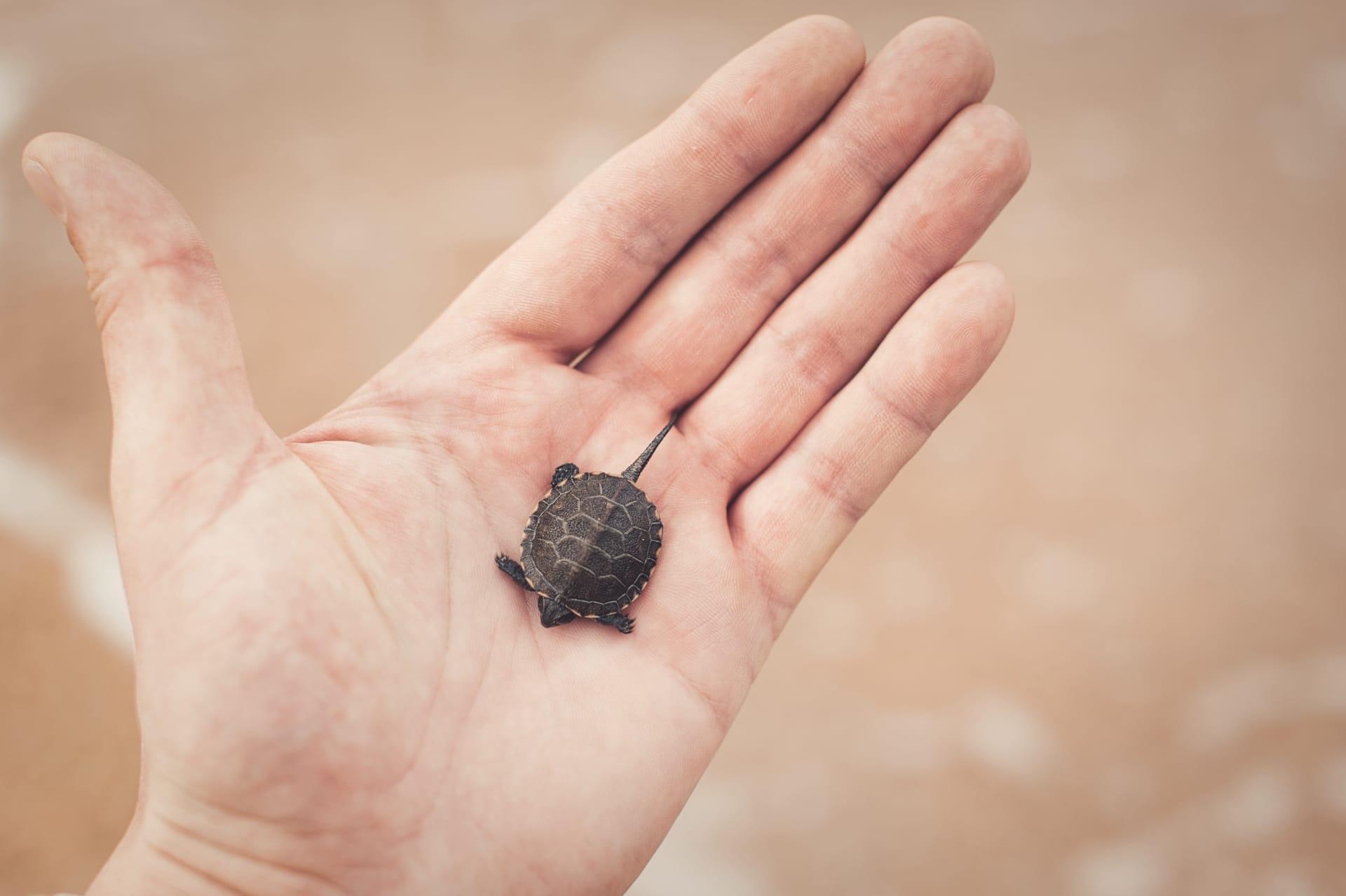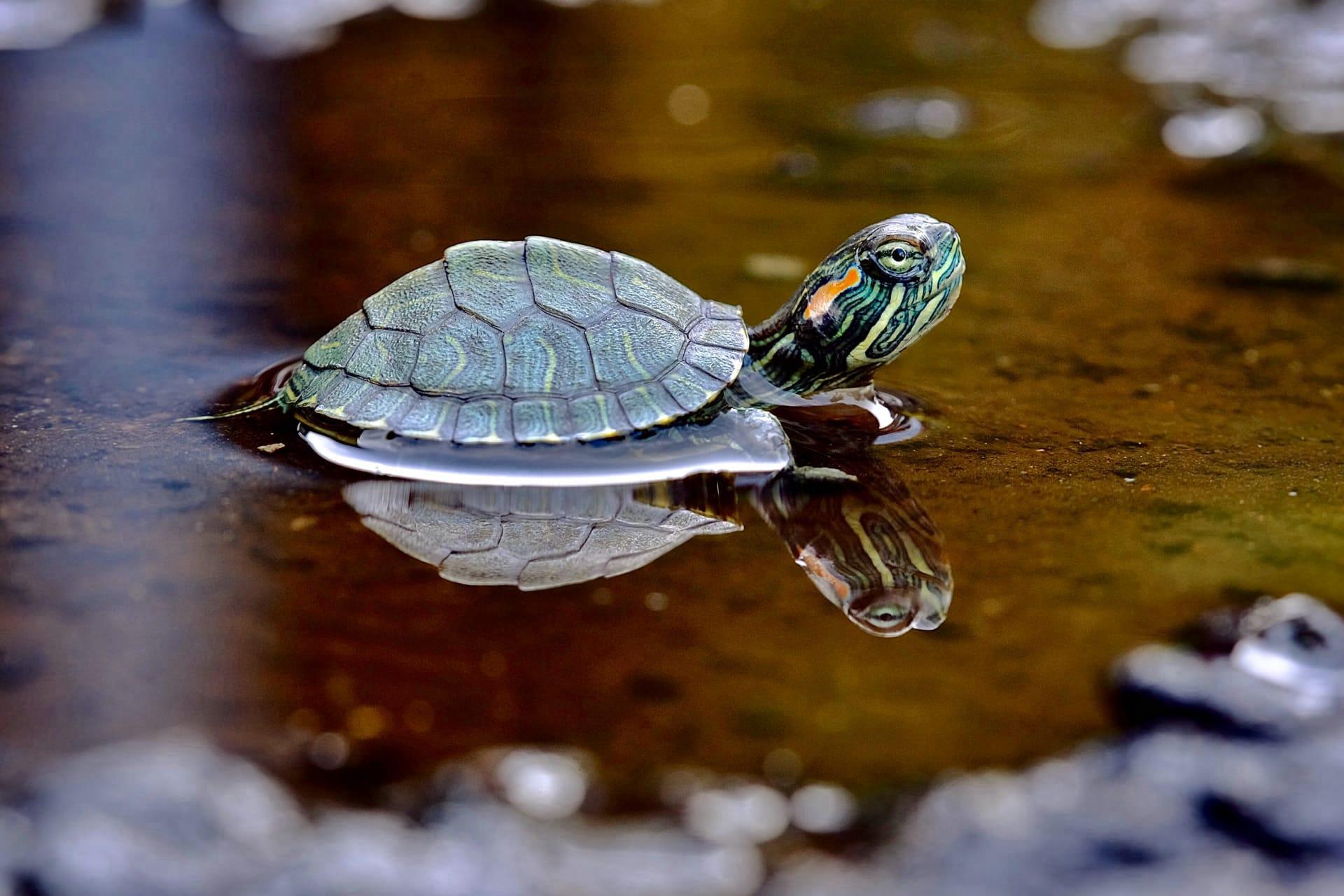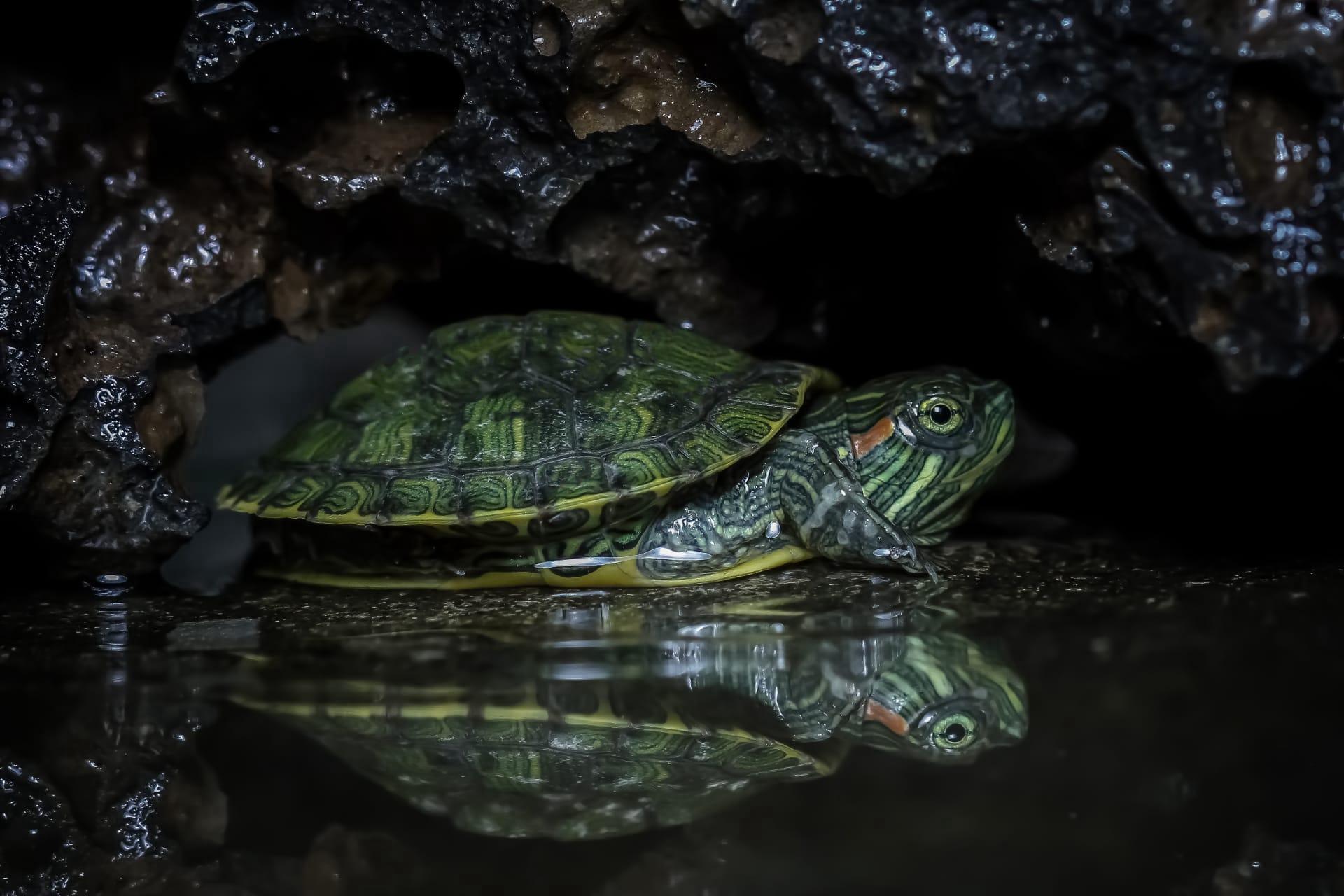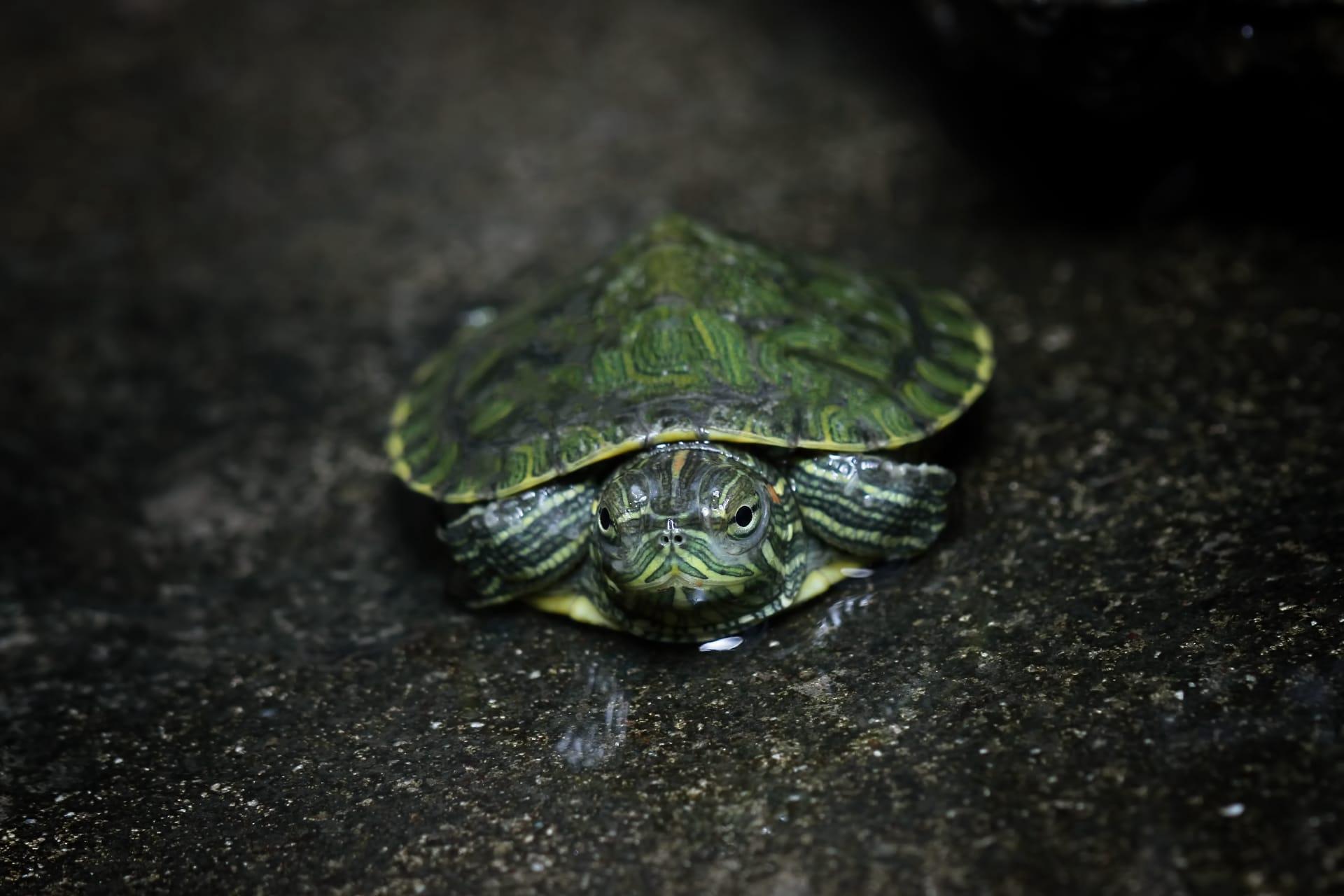Tortoises
- Home /
- Mini Encyclopedia /
- Animal /
- Tortoises
1
Tortoises, belonging to the family Testudinidae, are a fascinating group of reptiles known for their distinctive hard shells. With around 49 species, they are classified into several genera, including Testudo, Gopherus, and Geochelone. These creatures have adapted over millions of years, leading to a diverse range of species. For example, the African spurred tortoise (Centrochelys sulcata) is noted for its impressive size, reaching up to 30 inches in length and weighing over 100 pounds, making it the third-largest species of tortoise in the world. On the other hand, the tiny speckled padloper tortoise from South Africa measures a mere 3 to 4 inches, showcasing the remarkable size diversity within this family.
Tortoises are found on almost every continent, adapting to a wide range of environments. In North America, the desert tortoise thrives in the arid regions of the southwestern United States and northern Mexico. In contrast, the Galápagos tortoises are iconic inhabitants of the Galápagos Islands, demonstrating unique adaptations to island life. Africa is home to several species, including the leopard tortoise, which roams the savannas across Eastern and Southern Africa. Asia's arid and semi-arid regions are the habitat for the Indian star tortoise, known for its star-like shell patterns. The diverse habitats, from tropical rainforests to desert climates, highlight the tortoise's incredible adaptability to different environmental conditions.

2
Question: Is it true that tortoises can live for hundreds of years?
Answer: While it's a common belief that tortoises can live for several centuries, the reality is a bit different. The average lifespan of most tortoise species ranges from 80 to 150 years. However, there are exceptional cases, like the Aldabra giant tortoise, which can live for over 150 years. One of the oldest recorded tortoises was 'Tu'i Malila,' a Madagascar radiated tortoise, which lived to be around 188 years old. These impressive lifespans are attributed to their slow metabolism and robust physiological adaptations, which reduce wear and tear on their bodies over time. However, living for hundreds of years is more of an exception than the norm for tortoises.

3
Tortoises have evolved several survival strategies to thrive in their respective environments. One key strategy is their slow metabolism, which allows them to conserve energy and survive on limited food resources. This adaptation is particularly beneficial in arid or nutrient-scarce environments where food is not always readily available. Their hard shells provide protection against predators and harsh environmental conditions. The shell, made of bone and keratin, acts as a shield and also helps regulate body temperature, offering a cool retreat in hot climates and insulation in cooler ones.
Another survival tactic is their reproductive strategy. Many tortoise species lay a large number of eggs, which increases the chances of offspring survival in the wild. For instance, the African spurred tortoise can lay up to 100 eggs in a single clutch. Additionally, tortoises have a remarkable ability to adapt their diet based on availability. They are primarily herbivores, feeding on grasses, leaves, and fruits, but some species can occasionally consume insects or carrion. This dietary flexibility helps them survive in varying environmental conditions.

4
In ecosystems, tortoises play a crucial role in maintaining ecological balance. As herbivores, they aid in seed dispersal and vegetation control. By consuming a wide variety of plant materials, they help in the spread of seeds through their droppings, contributing to plant diversity and the health of their habitats. This role is especially vital in island ecosystems, where tortoises are often among the few large herbivores.
Tortoises also contribute to soil health. Their movement and foraging behavior help in soil aeration and nutrient distribution. In some habitats, their burrowing habits create microenvironments that are utilized by other species, promoting biodiversity. Moreover, as a prey species, they are integral to the food chain, supporting predators and scavengers. Their shells also provide shelter for a variety of organisms after their death, further contributing to ecological diversity.

5
Film: "The Galápagos Affair: Satan Came to Eden" is a 2013 documentary from the United States. It explores the mysterious life and strange disappearance of settlers on the Galápagos Islands in the 1930s, with a focus on the unique wildlife of the islands, including the famed Galápagos tortoises. The film combines historical footage with contemporary scenes, showcasing the extraordinary environment where these tortoises live.
Book: "Turtles of the World" by Carl H. Ernst and Roger W. Barbour, published in the United States in 1989, offers a comprehensive overview of turtle and tortoise species worldwide. While it covers various species, there is considerable attention given to tortoises, their habitats, behavior, and conservation status. The book is recognized for its detailed descriptions and has been a valuable resource for both scientists and enthusiasts.
Book: "The Tortoise" by James E. Bostock, published in the UK in 2012, is an engaging exploration of the natural history of tortoises. Bostock delves into their evolution, behavior, and interaction with humans. The book is praised for its accessible language and interesting anecdotes, making it a great read for anyone fascinated by these remarkable creatures.